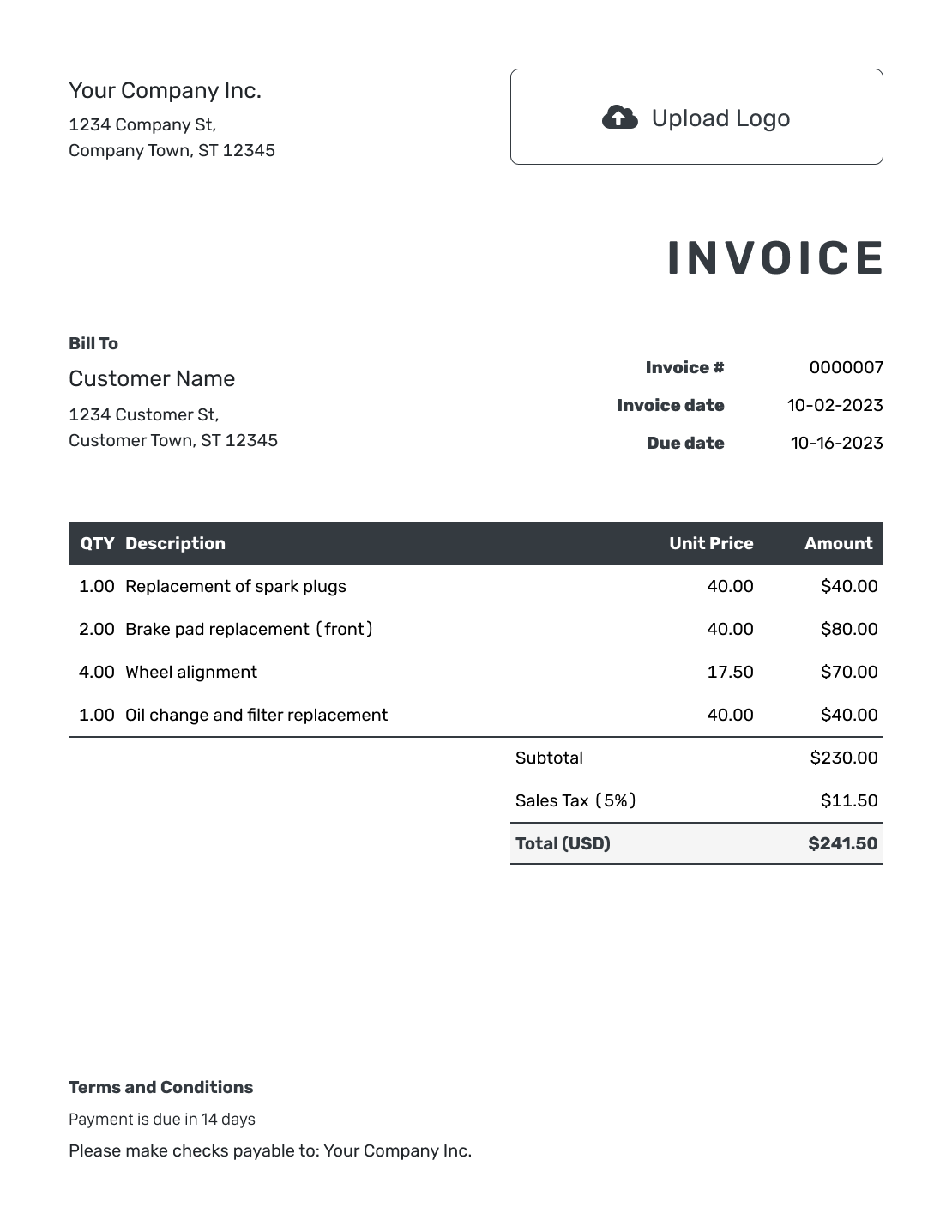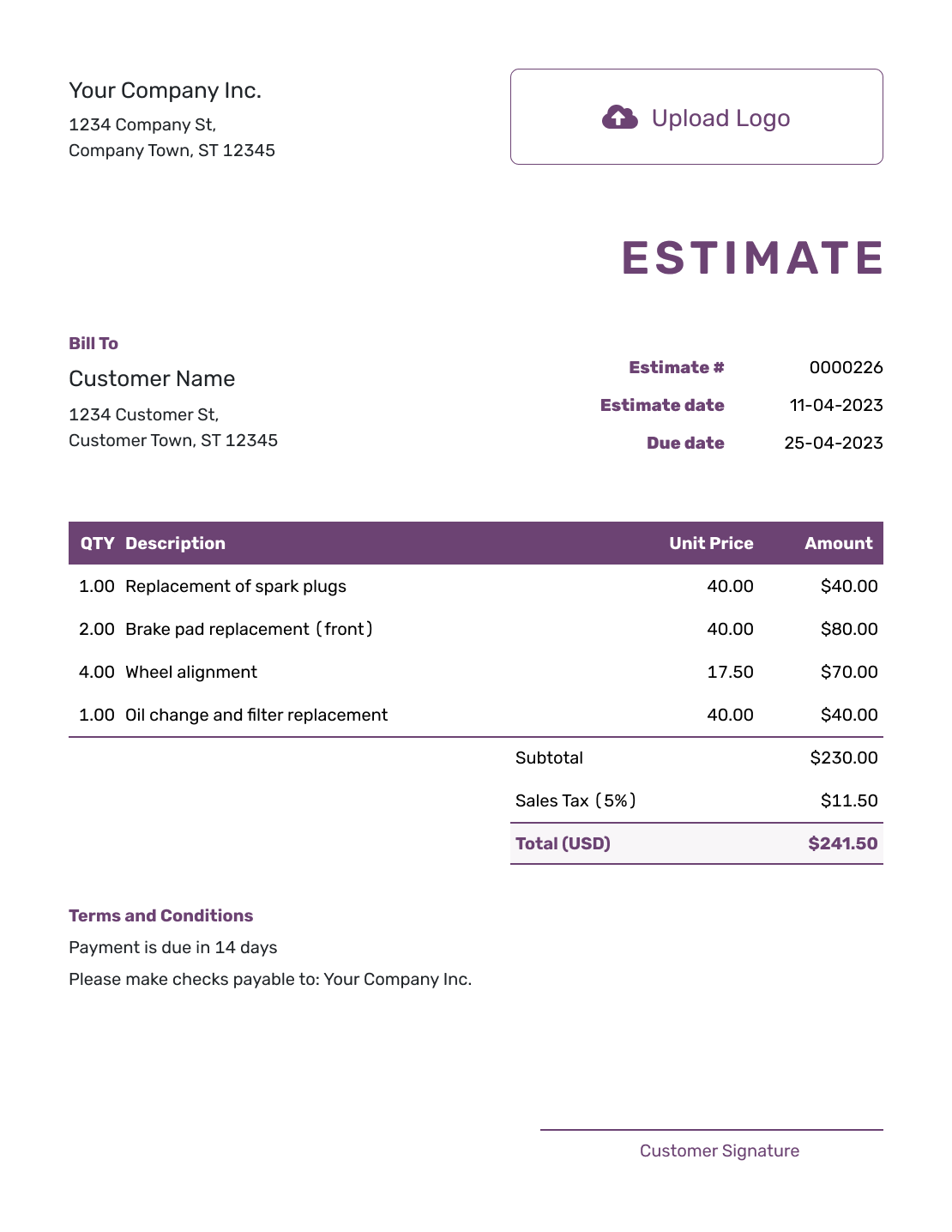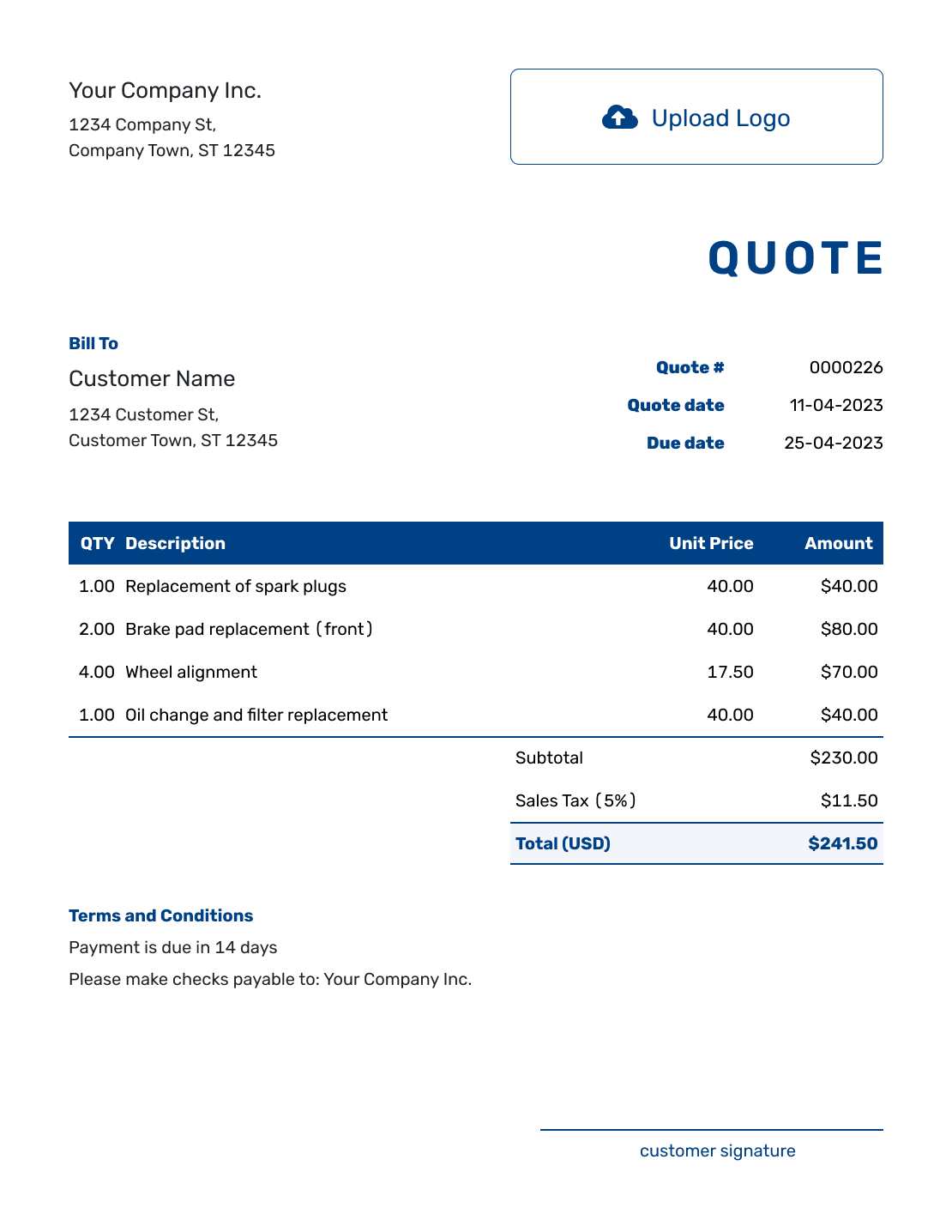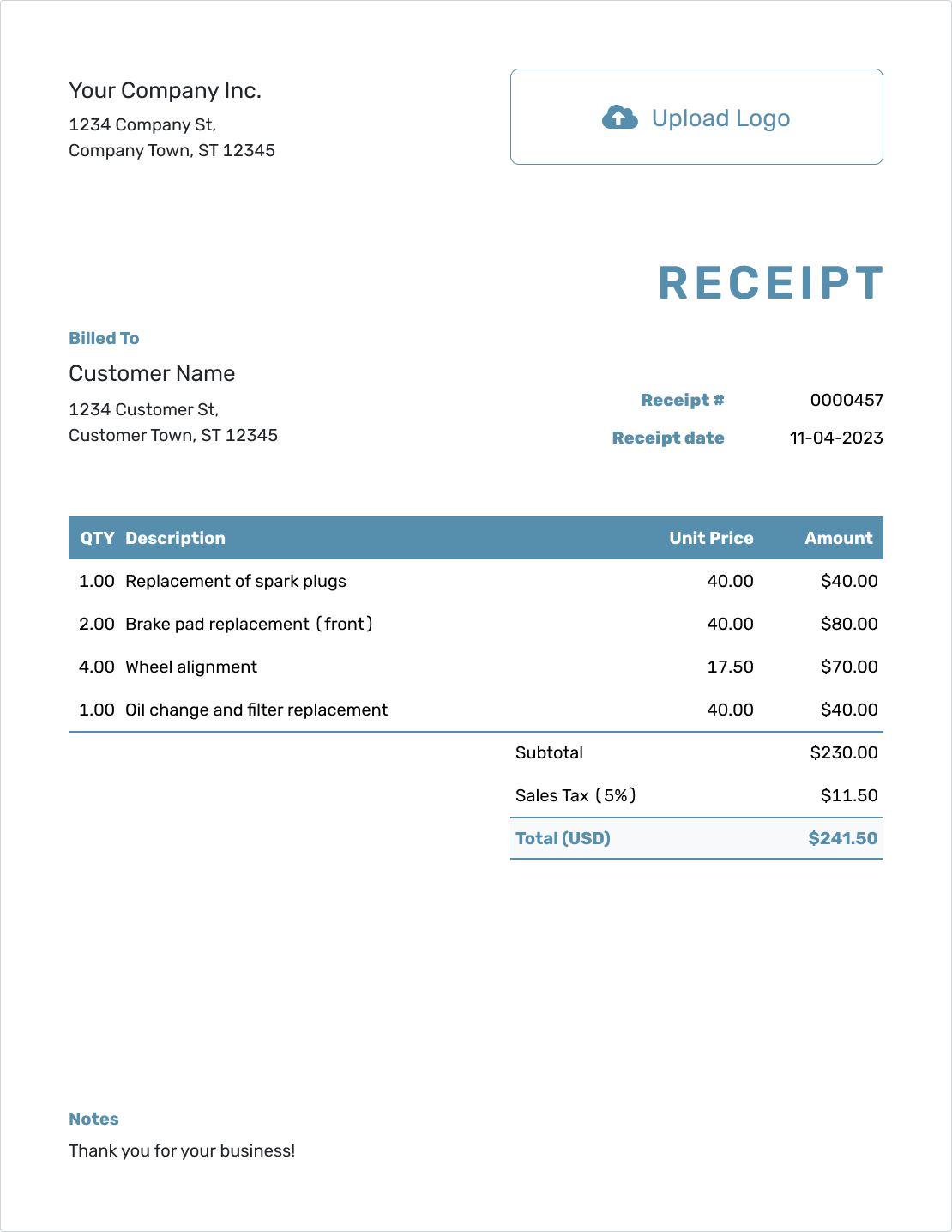Understanding
Balance Sheet
Est. reading time: 7 min

A balance sheet is one of the three main financial statements and provides a snapshot of your business's financial position at a specific point in time. It outlines what your business owns (assets), owes (liabilities), and the owner's equity. Understanding and maintaining a balance sheet is vital for effective financial planning and reporting.
What Is a Balance Sheet?
A balance sheet is a financial statement that shows your business's financial condition by summarizing its assets, liabilities, and owner's equity. The balance sheet is often referred to as the “statement of financial position” because it reflects the financial health of your business at a specific point in time.
The balance sheet follows the accounting equation:
| Assets = | Liabilities + Owner's Equity |
Key Components of a Balance Sheet
The balance sheet is divided into three main sections:
1. Assets
Assets are what your business owns and can use to generate revenue. They are divided into:
- Current Assets: Cash, accounts receivable, inventory, and other assets that can be converted to cash within a year.
- Non-Current Assets: Long-term investments, property, equipment, and intangible assets like patents.
2. Liabilities
Liabilities are what your business owes to others. They are also divided into:
- Current Liabilities: Debts or obligations due within a year, such as accounts payable and short-term loans.
- Non-Current Liabilities: Long-term debts like mortgages or bonds payable.
3. Owner's Equity
This represents the owner's stake in the business, including initial capital investment, retained earnings, and any additional contributions. It's calculated as:
| Owner's Equity = | Assets − Liabilities |
Why a Balance Sheet Is Important
Here are some key reasons to maintain a balance sheet:
- Assess Financial Health: A balance sheet provides a clear view of your business's financial standing.
- Monitor Liquidity: Helps determine if you have enough assets to cover your liabilities.
- Attract Investors: Investors and lenders often use balance sheets to evaluate a business's stability and potential.
- Plan for Growth: A detailed balance sheet helps you identify areas for improvement or investment.
How to Prepare a Balance Sheet
Follow these steps to create a balance sheet:
- List Assets: Record all current and non-current assets with their respective values.
- Identify Liabilities: Record current and non-current liabilities.
- Calculate Owner's Equity: Subtract total liabilities from total assets.
- Ensure Balance: Verify that the equation Assets = Liabilities + Owner's Equity holds true.
Closing Thoughts
A balance sheet is more than just a financial document; it's a powerful tool for understanding your business's financial health. By keeping your balance sheet updated and accurate, you’ll be better equipped to make informed decisions, secure funding, and set your business up for long-term success. Take the time to review it regularly and use it as a guide to steer your business in the right direction.




